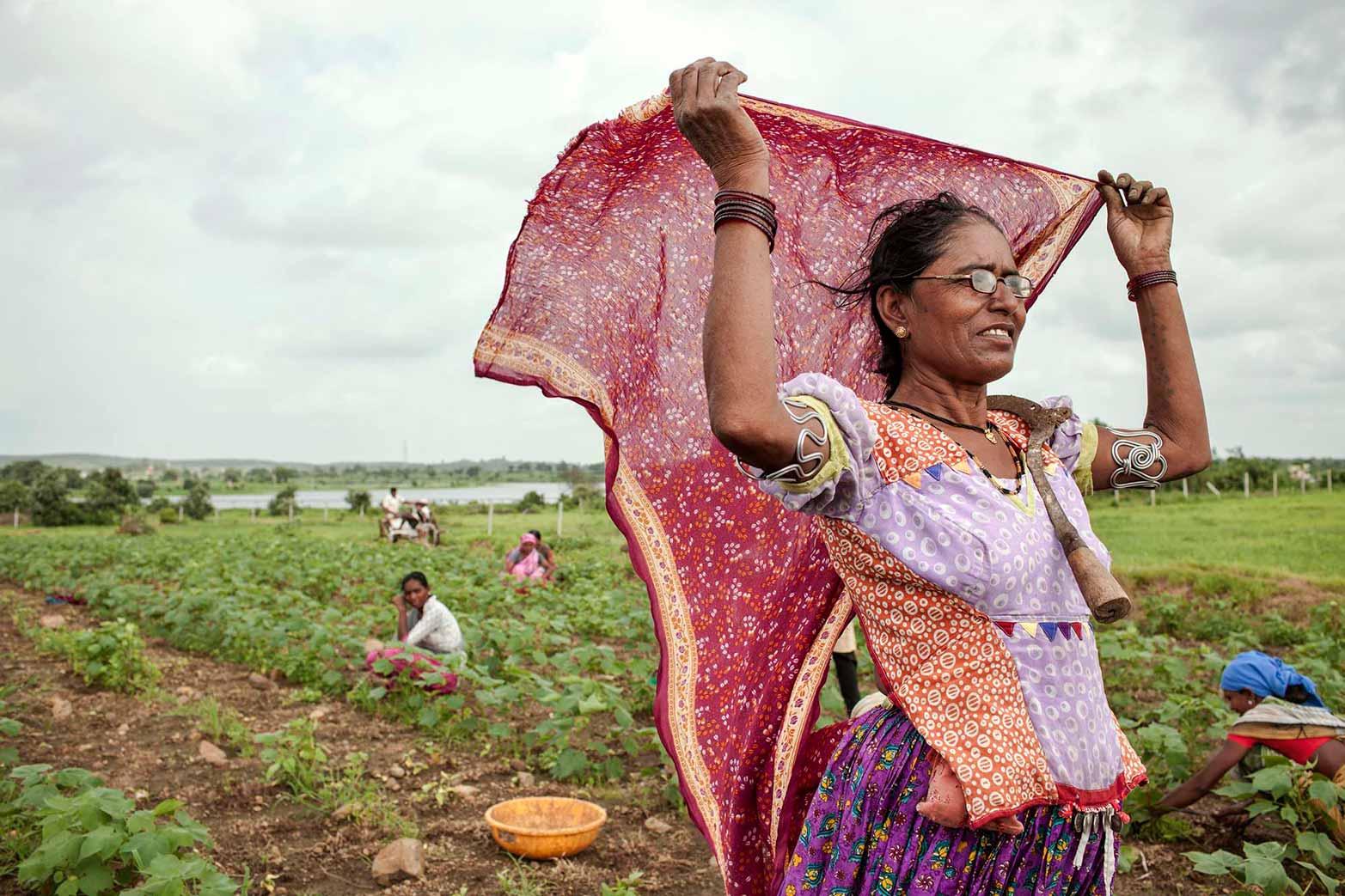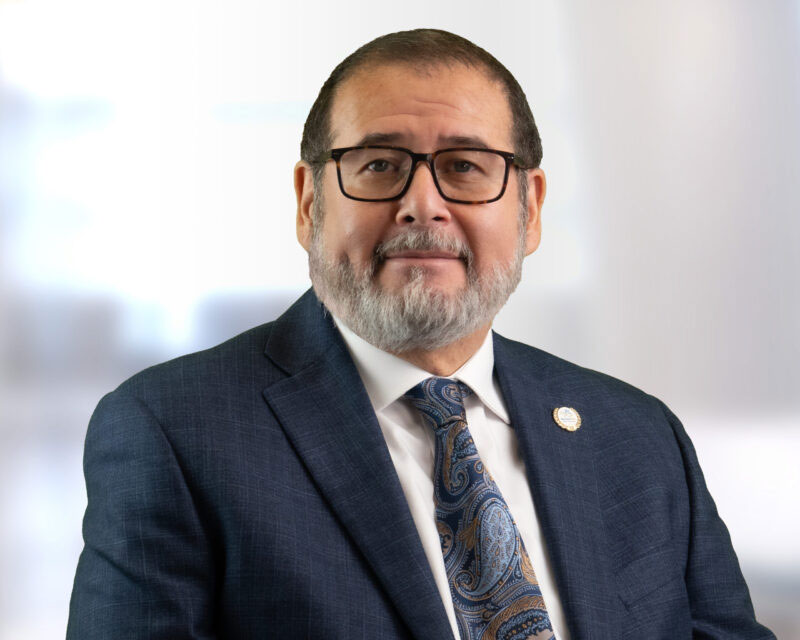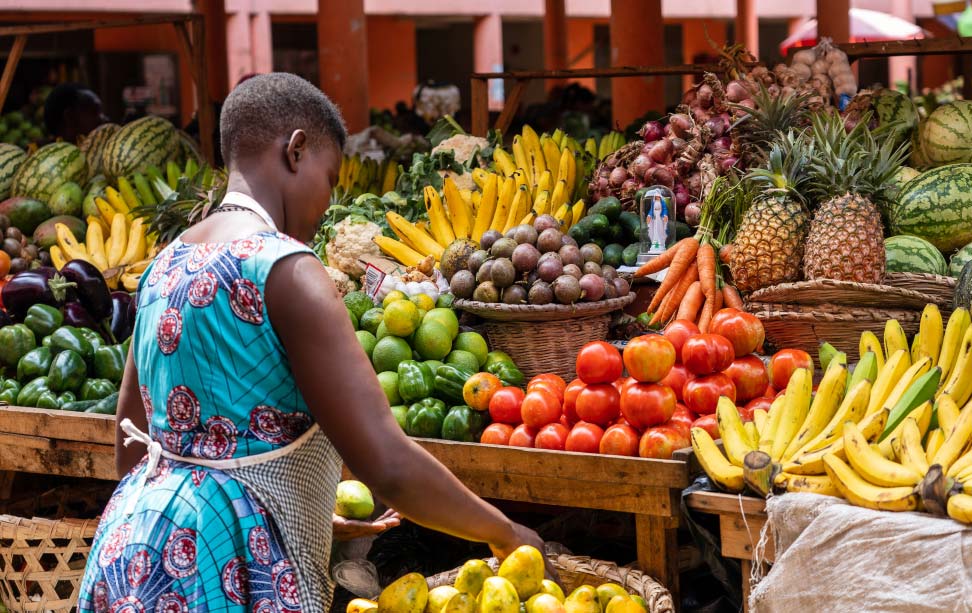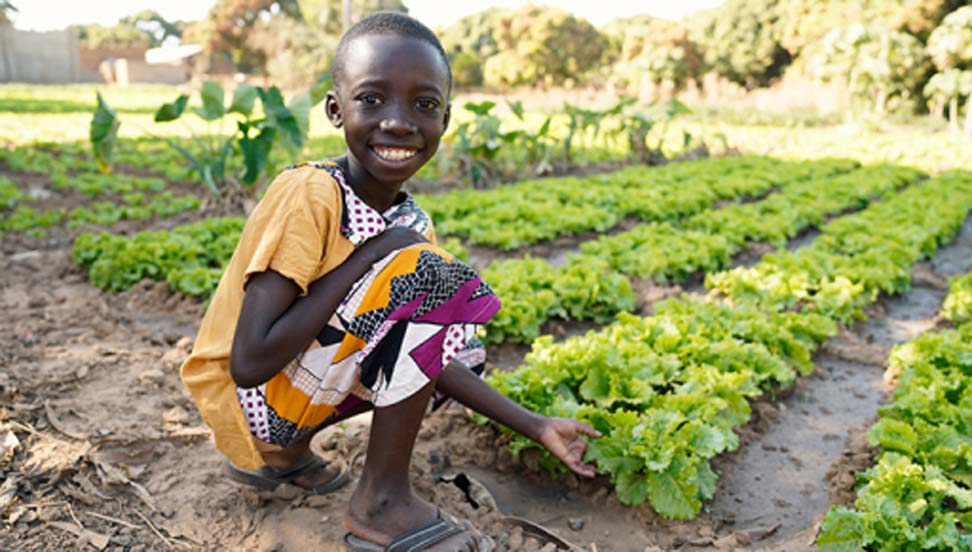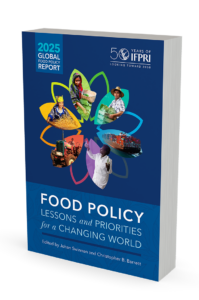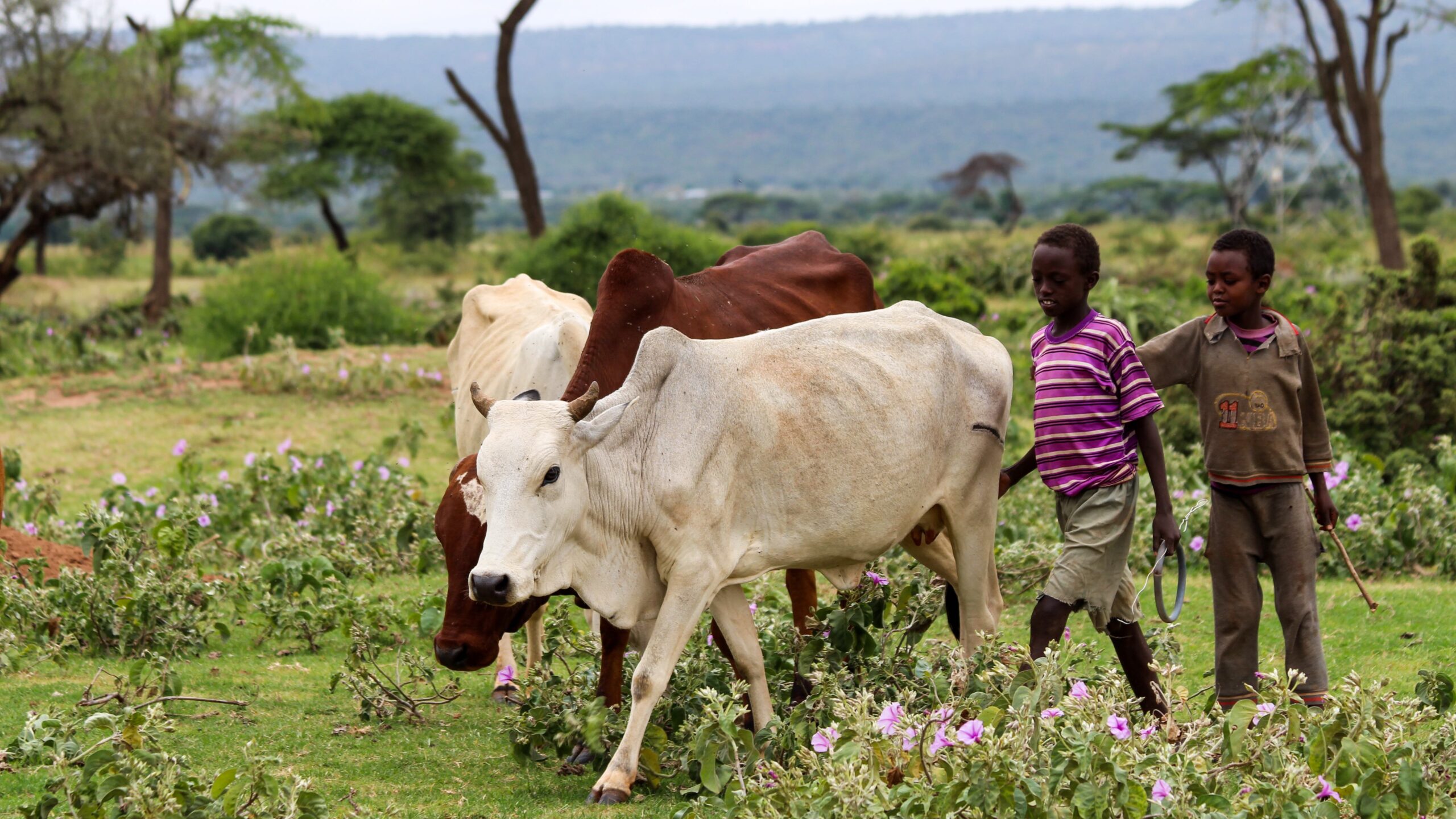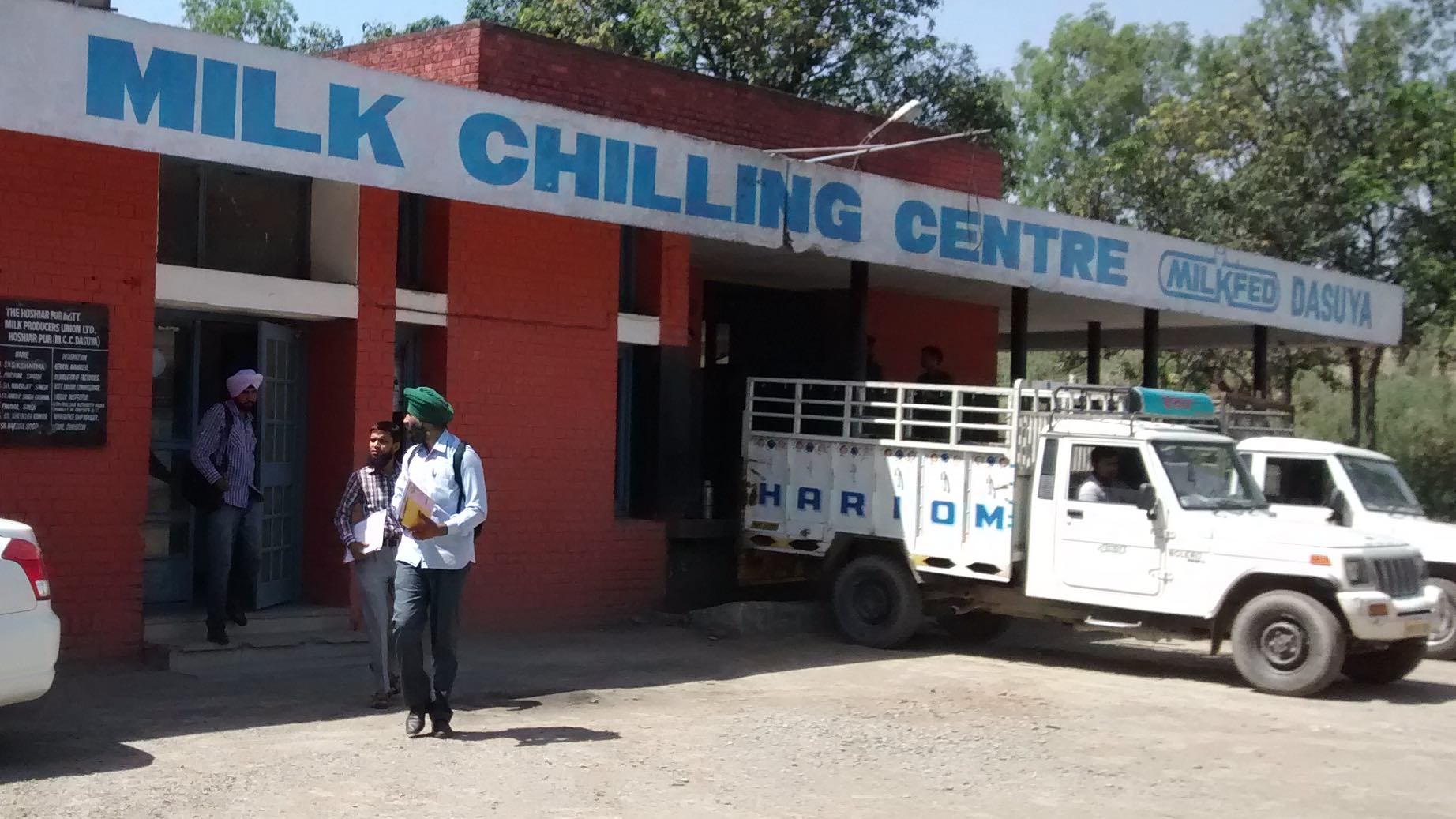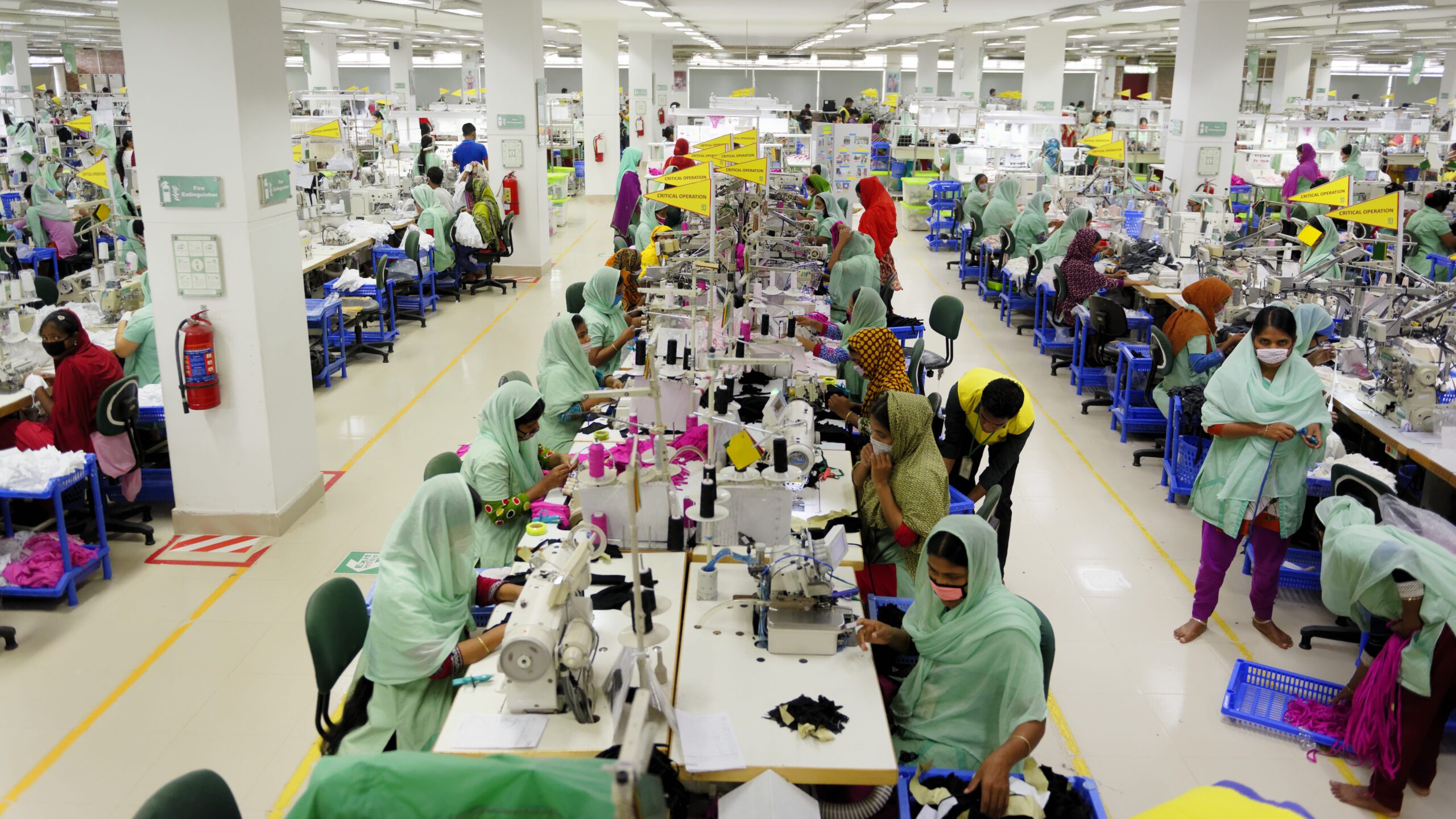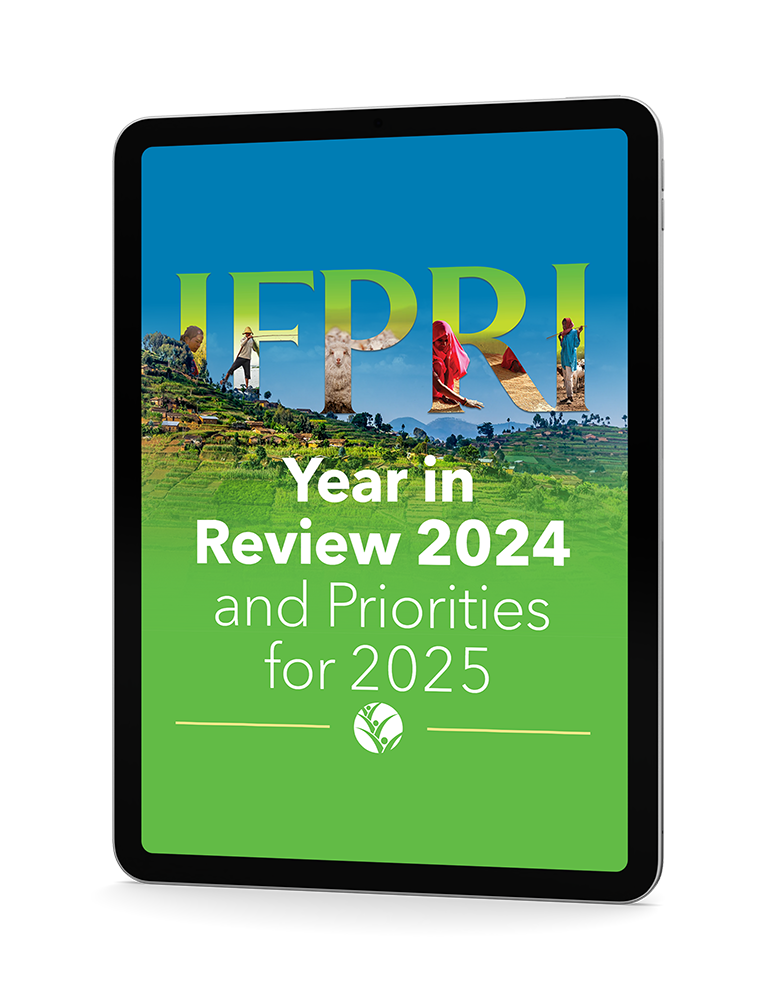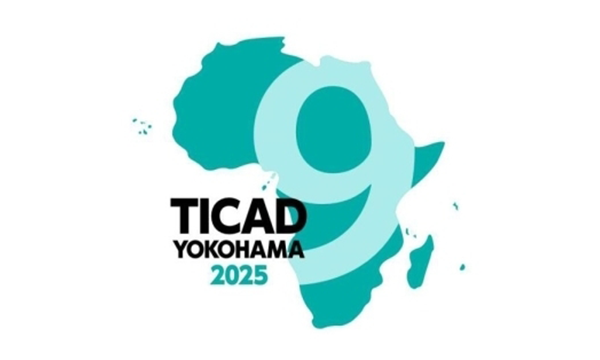What’s New
-
How climate-induced conflict is shaping rural Nigeria (VoxDev)
Vox Dev published this article by Jeffrey Bloem, Amy Damon, David C. Francis, and Harrison Mitchell on herder-farmer conflicts in Nigeria.
-
The 2025 Global Report on Food Crises sounds the alarm (MSN South Africa)
MSN South Africa cited research from IFPRI’s 2025 Global Food Policy Report: Food Policy: Lessons and Priorities for a Changing World in this article on the 2025 Global Report on…
-
Unlocking stronger food systems with African research (SciDev.Net)
Steven Omamo discusses the findings of the 2025 Global Food Policy Report and the urgent need for bold action to avert a looming food crisis in Africa.
Featured Publications
Journal Article
Achieving transformational sustainable land Intensification: Integrated general equilibrium and portfolio analysis for Senegal
2025Pradesha, Angga; Siddig, Khalid; Pauw, Karl; Thurlow, JamesJournal Article
Zinc distribution in structural components of high kernel‑zinc maize and its retention after milling
2025Taleon, Victor; Palacios-Rojas, Natalia; Dollah, Yusuf; Rosales, Aldo; Kalejaiye, Olatundun; Menkir, AbebeJournal Article
Private sector promotion of agricultural technologies: Experimental evidence from Nigeria
2025Liverpool-Tasie, Lenis Saweda O.; Dillon, Andrew; Bloem, Jeffrey R.; Adjognon, Guigonan Serge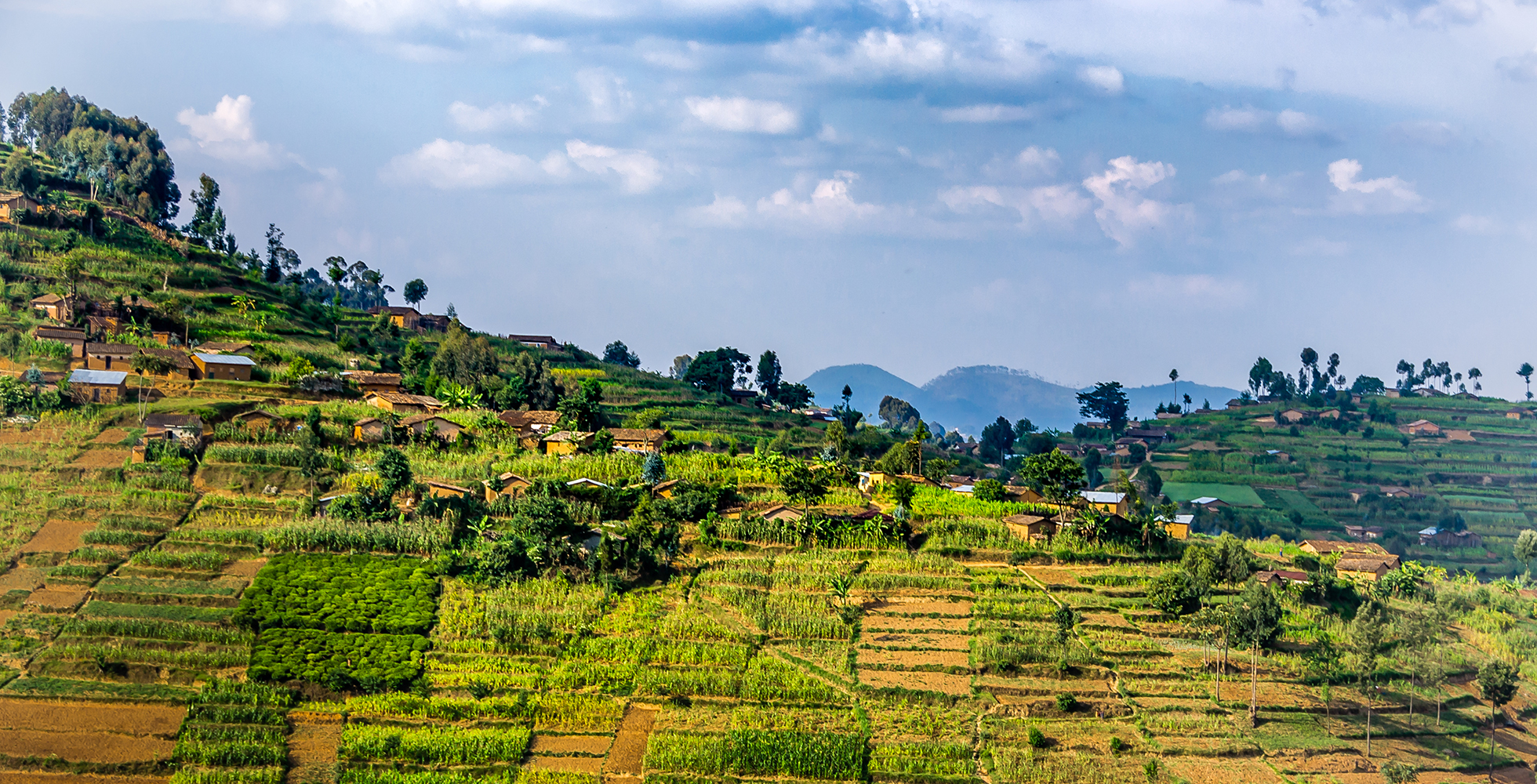
2024 Year in Review
Explore highlights from IFPRI’s 2024 research and outreach, including our work on food security and healthy diets, responding to conflicts and building resilience, and major outputs from our regional and country programs. Click through the interactive review to view videos, blogs, events and more.
IFPRI and CGIAR
IFPRI is a Research Center of CGIAR, the world’s largest global agricultural innovation network. IFPRI researchers collaborate closely with researchers from other CGIAR Centers, and our work contributes to the CGIAR mission of delivering science and innovation that advance the transformation of food, land, and water systems in a climate crisis.

Experts in Our Field
IFPRI’s experts work around the world to provide the evidence that supports effective policies to sustainably reduce poverty and end hunger and malnutrition.
600+
staff across the world
80+
countries where we work
#1
in the field of Agricultural Economics
20,000+
research outputs
Meet a Researcher
Alan de Brauw is a Senior Research Fellow in the Markets, Trade, and Institutions Unit at IFPRI, and a Fellow of the Global Labor Organization. At IFPRI, he previously worked in the leadership of two CGIAR research programs and has managed several multi-country projects. Much of his research involves primary source data collection, and he has helped design, plan, and conduct multi-topic household surveys in 15 different countries in the developing world. His research agenda has focused on understanding both…

From our video channel
Ruth Hill, Director of IFPRI’s Markets, Trade, and Institutions Unit
In this video, Ruth Hill explains how well-functioning food markets can lift farmers out of poverty and ensure fair prices for all. The MTI team tests innovations and policy reforms—from global trade models to local market solutions—in Africa, Asia, and Latin America. The unit works closely with policymakers, traders, and financial institutions to generate evidence that drives more inclusive, efficient food systems.
Our Events
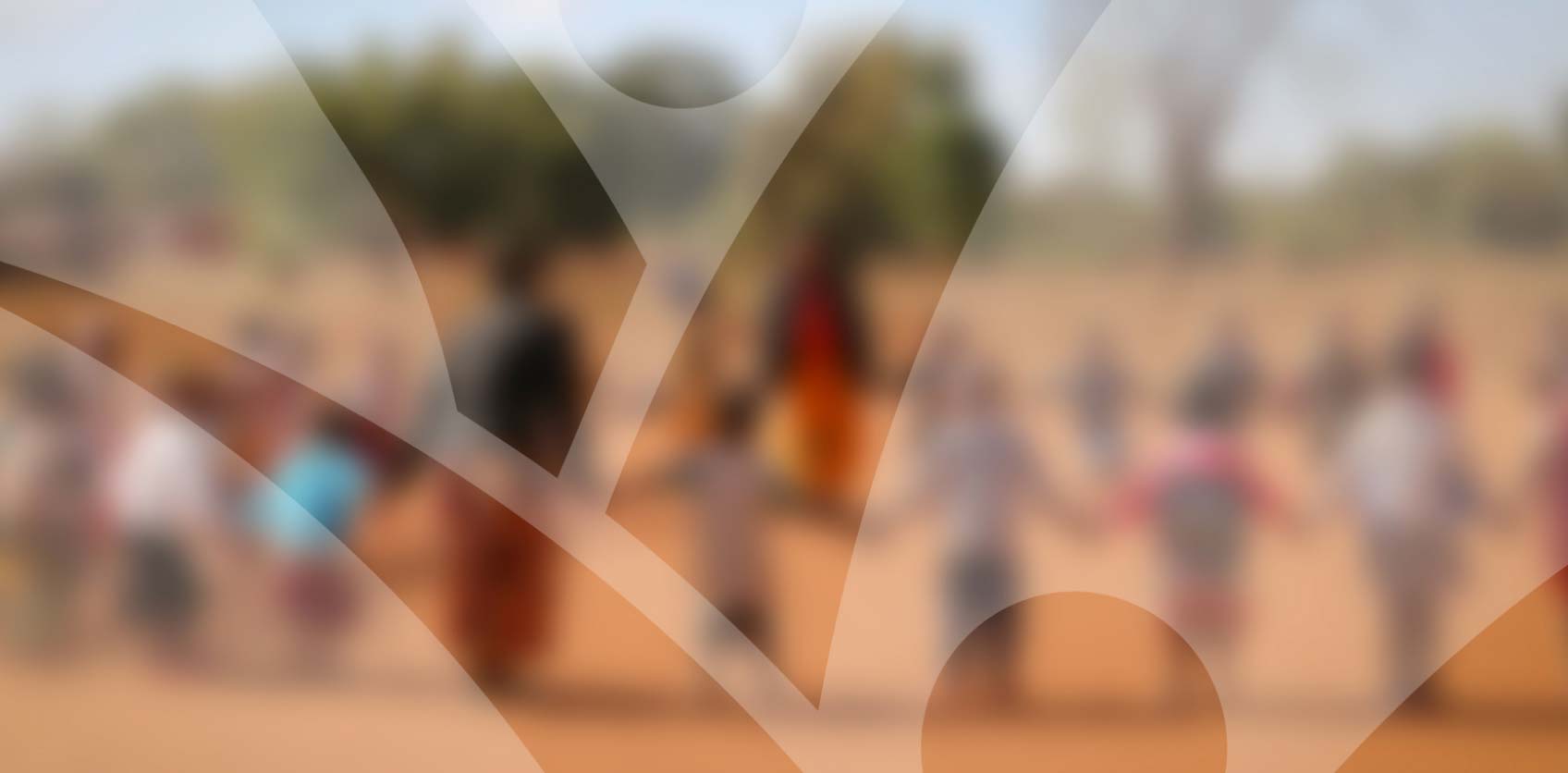
Making a Difference Blog Series
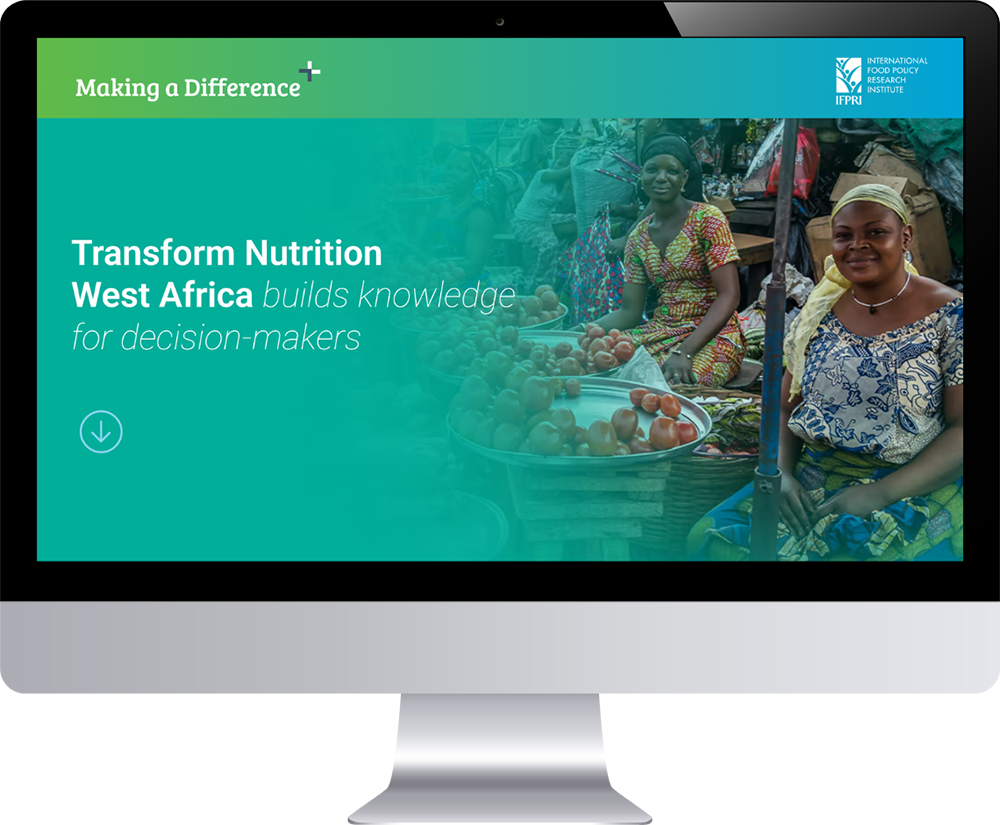
West Africa faces significant problems with various forms of malnutrition, especially among women and children. In 2017, the region had the highest rate of under-five wasting (low weight-for-age) in Africa—8.5% compared with the continent’s mean of 7.4%. The rate of stunting (low height-for-age) waw also extremely high at 31.4%. In 2017, 52% of women ages 15-46 suffered from anemia.
In response, IFPRI, with funding from the Gates Foundation, established Transform Nutrition West Africa (TNWA)—a regional knowledge platform to facilitate effective policy and action on maternal, infant, and young child nutrition in West Africa with a focus on four countries: Burkina Faso, Ghana, Nigeria, and Senegal. TNWA ran from 2017 to 2021.
Tamsin Zandstra, Roos Verstraeten, Ampa Dogui Diatta, Loty Diop, and Mariama Touré explore TNWA’s research, work, and long-term impact in West Africa.
